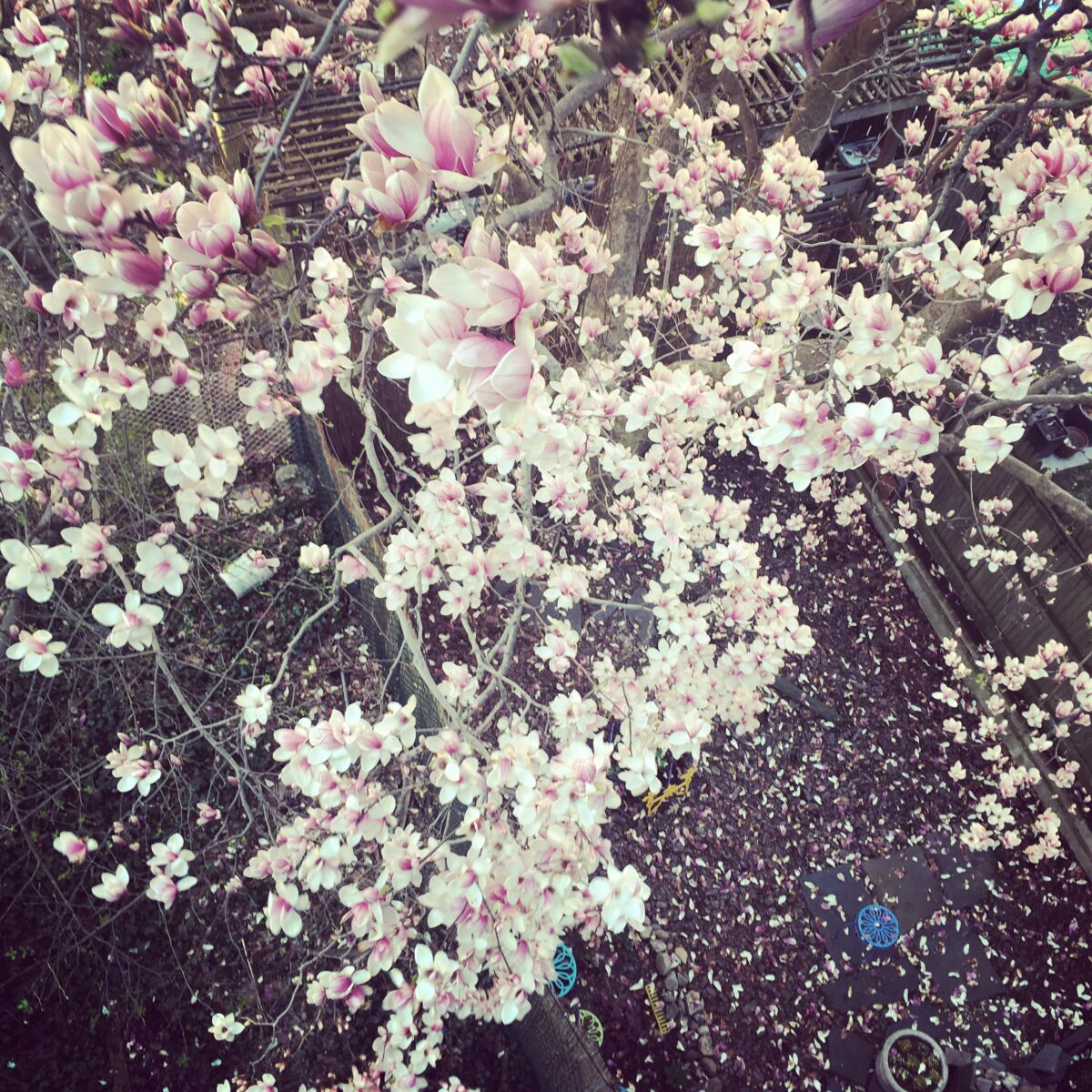February 1, 2022
Being an artist is a socially acceptable form of insanity.

You can’t thrive long term as an artist without making a solid commitment to personal creativity management.
If you’re not deliberately building a robust toolkit for every stage of your unique creative process, then it’s going to be nearly impossible to counteract the staggering around of natural drifts, drags and derailments that come with the job description.
In fact, can you even imagine what the copy would look like on the career search portal?
Our team is seeking a highly creative individual for a full time position as artist. This person will have an exquisite understanding of their own identity, preferences and limitations as human being. Someone who can start and finish projects consistently with no oversight and limited resources.
Must be expert at coaxing fulfillment into existence on a daily basis in an otherwise meaningless and cold world. This person needs to be highly resilient to the the social, cultural and economic forces that want to constrain and silence their innovative thinking. Must possess the monk like discipline to make something out of nothing on command, with zero certainty that anyone will notice or care, much less pay.
Also must be proficient at compartmentalizing rejection and failure, quieting their stupid ego, deluding themselves often, ignoring the competition and selling and promoting their work regardless of mood, desire and medium. Good with spreadsheets is a plus.
Who in their right mind would apply for such a job?
Not a single one of us. You’d have to be a freak to sign up for that gig.
Because being a creative professional, not unlike falling in love, is a socially acceptable form of insanity.
And yet, there are millions of us doing just that. We signed up to fight this war and wear a uniform, every day.
All the more reason to build that toolkit. This is why personal creativity management has become its own business discipline. Having been a professional artist for the past twenty years taught me that the more tools we have to solve our creative problems, the less likely we are to get stuck.
It’s probability. Each of the tools in our system may not be transformative in isolation, but having hundreds of mindsets, approaches, behaviors and assets at our fingertips gives us an unprecedented source of leverage as creators.
I’m reminded of the most infamous job description in history. Shackleton, the great polar explorer, once ran a newspaper ad to recruit men for his arctic expedition. As the legend has it, here’s what the copy read:
Men wanted for hazardous journey. Low wages, bitter cold and long hours of complete darkness. Safe return doubtful. Honor and recognition in event of success.
Can you guess how many men responded? Five thousand. All of whom clamored to take their chances on the planet’s iciest continent. That’s how badly they wanted it.
Do you want to make things that badly?
If not, that’s totally okay. No judgments for people who don’t possess that level of commitment. We may all be creative, but being a professional creator is not for everyone.
However, if you do happen to be one of the insane ones, then take heed. Make sure you’re giving your creative engine every possible advantage in this circus of a marketplace we exist in.
Getting into the business of taking your precious time and creating things that nobody needs, wants or even likes, is not for the faint of heart.
It’s not as dangerous and painful as hiking through the polar ice caps, but make no mistake, it’s one hell of an expedition.
How many different creative tools did you use last week?

